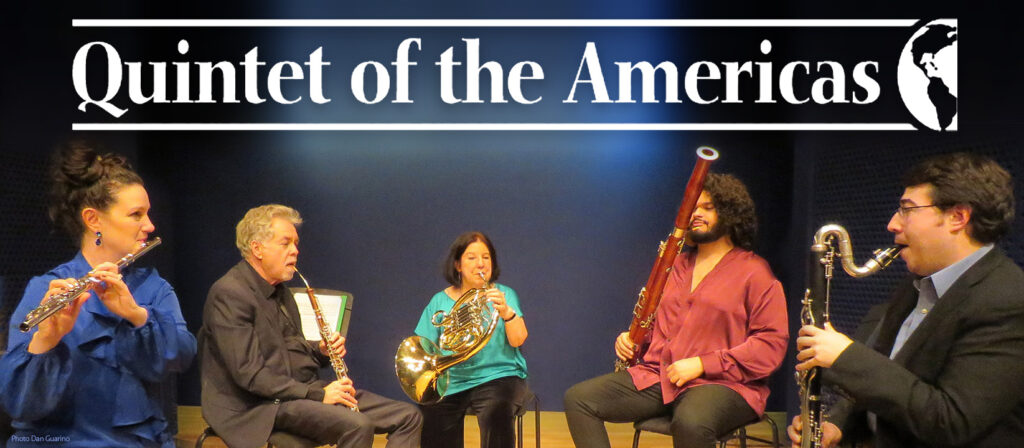A La Costa (porro) (1977)
Amanecer Vallenato (paseo)(1977)
Mujercita (bunde)(1977)
Provincianita (banbuco)(1977)
Semblanzas (pasillo) (1977)
When the Viennese waltz reached Latin America in the late 19th century, there were few dance halls available with sufficient floor space for the sweeping steps of this graceful dance, so a version of it was adapted with smaller steps. Paso (step) became pasillo (small step). The developing pasillo, very similar to the Venezuelan vals, incorporated many of the Afro-Latin polyrhythms that had already permeated Afro-American musical culture in general. It has been described as having a strong downbeat, a lilting second beat, and an explosive third beat with interjections of 6/8 time (duple feel) into the 3/4 time. The pasillo, like the bambuco, is generally quick if instrumental, slower if sung and based on a flexible varied rondo form, with three easily distinguishable sections. There are many composed pasillos which range from the appealing to the virtuosic and it has a status close to that of the bambuco in the Colombian Andean musical repertoire.
Te Sorprende? (pasillo) (1977)
Negrita linda (Mañanita)(porro) (1977)
Negrita linda (Mañanita) is a Colombian dance called a porro.
The porro, which comes from ‘aporrear’ – to beat, emerged in the hinterland of Colombia’s Atlantic Coast in the last half of the 19th century. It is considered a member of the ‘cumbia’ genre. In its folkloric context it consists of two sections, the song itself and then a more percussive improvised section. Traditionally it is always instrumental, though when it became commercially popular, in the 1940s to 50s, there appeared sung porros. During this time various composers of Andean genres like the bambuco and its more exuberant descendant, the bambuco fiestero, turned to tropical genres as they were gaining greater popularity. The porro has been considered as an innovative attempt to forge a national tropical genre which did not have such specific cultural associations with, for example, African or Amerindian roots. It enjoys the dedication of a short rhyme:
| Er porro para ser porro solo lo pueden bailar estas gentes bullangueras que ha nacido frente al mar. | To be a ‘porro,’ a porro has to be danced by these rowdy people who were born by the sea. |
Sumercesita (bambuco)(1977)
Since its founding in 1976 in Bogotá, Colombia, Quintet of the Americas has delighted in bringing Colombian folk-inspired music to its audiences. During its first year, the Quintet was hired to perform on a weekly radio program for the Colombian National Radio. This led to contact with Colombian composers, the commissioning of new works and the opportunity for the group to work with Jorge Olaya Muñoz, who presented the Quintet with the many dances listed above. The Quintet brought these popular traditional dances back to the United States and has been including them on concerts ever since. Over the years, more dances were added to the repertoire. In celebration of its 25th anniversary, the Quintet recorded this collection on a CD, Dancing in Colombia.
Jorge Olaya Muñoz (1916-1995) was born on August 7, 1916 in the city of Tocaima in the region of Cundinamarca and died July 16, 1995 in Bogotá. He began his musical career as a youth playing trumpet and tuba. By the age of thirteen he was already directing the Band of Tocaima. His musical studies continued at the National Conservatory of Colombia. He played tuba and contrabass in the National Orchestra of Colombia (Orquesta Sinfónica Nacional de Colombia.) Accomplished on many instruments, he found his ability to play piano and guitar very useful in his work as a composer. He was a founding member of SAYCO, the Society of Authors and Composers of Colombia and from 1946 to 1976 served as treasurer and director. In this capacity he fought for many years to secure the intellectual rights of composers. He wrote over 200 works ranging from symphonic pieces to popular dances including bambucos, pasillos, bundes, valses, funeral and military marches, and pasodobles.

